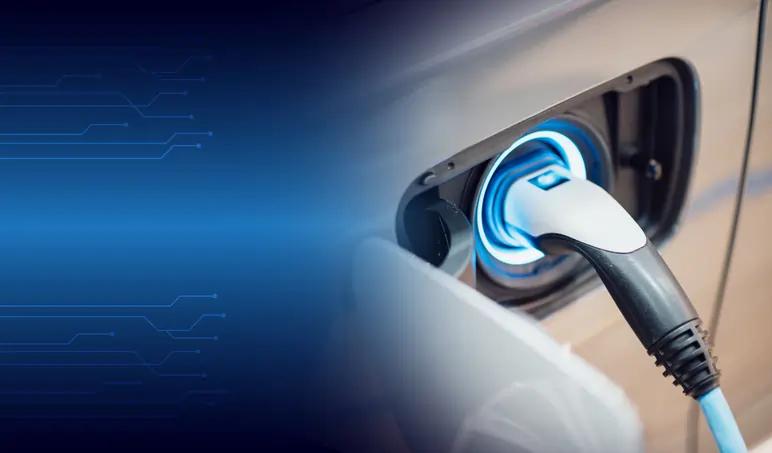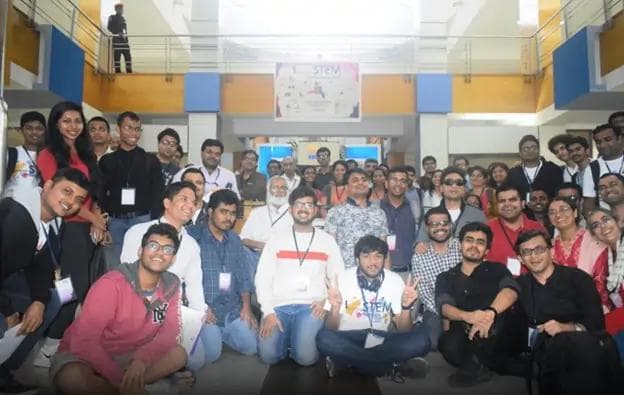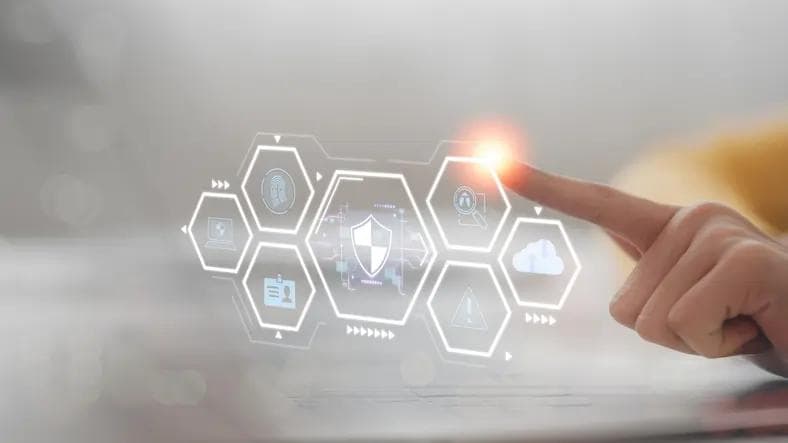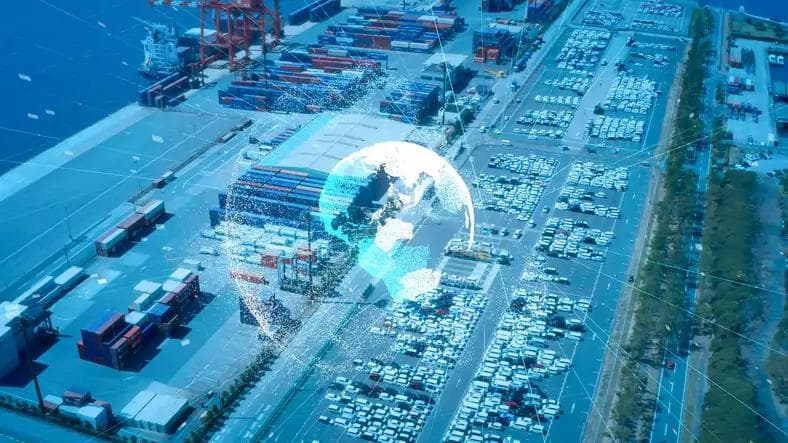How Collaborations Are Leading to New Technologies that Will Shape the Future of Electric Vehicles
How Collaborations Are Leading to New Technologies that Will Shape the Future of Electric Vehicles
Published by Wanda Rich
Posted on March 12, 2024

Published by Wanda Rich
Posted on March 12, 2024

How Collaborations Are Leading to New Technologies that Will Shape the Future of Electric Vehicles
It’s no secret that transforming the entire global vehicle fleet from one consisting of vehicles with internal combustion engines (ICEs) into one of electric vehicles is a herculean task. In fact, it’s a task that’s part of the much larger net-zero transition and, based on current technology, we still have a long way to go before we’ll be able to secure that zero-emissions future.
TheInternational Energy Agency’s Net Zero Roadmap indicates that more than one-third of the emissions reductions expected by 2050 are dependent on technology that’s still being developed. However, as more and more stakeholders work together, we’re beginning to see a net-zero future emerge.
The clock is ticking on the net-zero future
Many legacy automakers have committed to ending sales of gasoline-powered vehicles by 2035, while others have set their goalposts further out. Thus, as we count down the years remaining before the end of ICE-powered vehicles, now is the time to learn about the new technologies that will make that zero-emission future possible — and the companies that are developing those technologies.
Of course, legacy automakers like Ford (NYSE:F), General Motors (NYSE:GM) and Stellantis (NYSE:STLA) have ruled the roads for many decades. Thus, it’s understandable that so many drivers are excited to see all-electric versions of their favorite legacy automobiles.
However, teamwork is critical during this transition period. For example, Stellantis is partnering with innovative companies in the development and application of some critical technologies that will make an all-electric future possible for the global fleet.
The maker of top auto brands like Jeep, Dodge, Chrysler, Ram, Peugeot, Alfa Romeo, Fiat and many others works with startups in two ways: either by partnering with them or investing in them through its Ventures capital fund. In the last two years, Stellantis has signed over 110 partnership contracts with startups, and since the inception of its Ventures fund, it has made 12 investments through its portfolio.
The automaker announced thewinners of its second-annual Venture Awards in December.
Some of the startups pioneering tomorrow’s EV technology
In the press release announcing the winners, Stellantis highlighted 11 startups whose technology will help power its Dare Forward 2030 ambition for “global clean, safe and affordable mobility.” Ned Curic, chief engineering and technology officer at Stellantis, said their Venture Awards recognize the “fresh, creative perspectives of innovative startups that help us deliver useful, cutting-edge features.”
For example, the automaker teamed up with Brazil’s Recicli to recover rare materials from electric batteries through an innovative biometallurgy process that utilizes microorganisms. Stellantis is also working with Trails Offroad on developing off-roading guides through the Uconnect system to inspire Jeep owners to explore the full capabilities of their vehicles.
Tiamat of France has developed an advanced sodium-ion battery-cell chemistry, which reduces the cost per kilowatt-hour and provides an alternative to the lithium-ion batteries currently used in most EVs. Electra Vehicles has designed artificial intelligence-based software solutions to extend the lifetime of an EV battery and boost the range and safety of existing and next-generation chemistries.
In addition to the 11 winners of the 2023 Stellantis Venture Awards, the automaker also highlighted 22 other finalists, including Ideal Power (NASDAQ:IPWR), which has developed, patented and commercialized a unique bidirectional semiconductor power switch called the B-TRAN™.
The bidirectional design enables a single B-TRAN™ to replace one or more conventional power switches in many applications.
A previously stealth partnership revealed
Dan Brdar
In August 2023, Ideal Power announced it had entered into Phase 2 of a product development agreement with a top-10 global automaker, although it did not reveal that Stellantis was that automaker until December.
Under the terms of their agreement, Ideal Power is working with Stellantis’ advanced technology development team and an innovative packaging company chosen by Stellantis. Together, they will develop a custom B-TRAN™ power module for use in EV drivetrain inverters for Stellantis’ next-generation EV platform.
Dan Brdar, president and CEO of Ideal Power, shares more on how today’s collaborations are driving forward the technological advances that will enable the zero-emission future of tomorrow.
Q: Tell us about how Ideal Power’s various collaborations have revealed some key findings about the impact of B-TRAN™ in EVs and other applications.
A: We have found that EVs which incorporate B-TRAN™ power switches will have longer range and lower thermal management requirements than those that use conventional power switches. As a result, B-TRAN™ can help automakers cut back on the use of expensive materials like silicon carbide, enabling them to reduce EV prices so that more consumers can afford to go electric sooner rather than later.
We’ve also found that using B-TRAN™ boosts the number of kilowatt hours that can be harvested from a renewable energy installation. B-TRAN™ is low-loss and eco-friendly, which is why it’s perfect for applications in which energy efficiency is key.
Q: Please share your views about the importance of multiple stakeholders working together to get the technology needed for a net-zero future across the finish line.
A: Transitioning the world to net-zero carbon emissions will certainly be a great feat, but we can accomplish it by working together. Thus, collaboration among the companies throughout the entire supply chain is needed, from materials mining through system development and utilization to ultimately the recycling of the end-of-life system. There are so many companies developing energy-efficient technologies that, when combined with other technologies as part of a greater whole, will change the world.
We’ve certainly seen the benefits of working closely with other companies because we’ve been able to test our technology as a critical part of what those other companies are working on. Through these collaborations, we have learned that the benefits of B-TRAN™ apply to more applications than we even originally realized. I’m excited to see the future results as all these collaborations come together.
Q: What can you tell us about your work with Stellantis so far?
A: We are actually ahead of schedule in the current phase of our development program with Stellantis. We’ve already successfully completed three of the five deliverables for Phase 2, and we expect to complete the rest of Phase 2 ahead of schedule. Phase 2 involves collaborating with an innovative packaging company selected by Stellantis in the development of a custom B-TRAN™ module for use in Stellantis’ EV platform and planning for the next phase of the program that will take this module through automotive qualification.
Q: We understand that Stellantis isn’t the only company you’re working with. What can you tell us about that?
A: Our work with Stellantis is actually our second engagement with a top-10 global automaker as a different top-10 automaker is in our test and evaluation program. Unfortunately, we’re not yet able to release the name of the other automaker or the other companies we’re working with through our test and evaluation program.
However, I can say we are testing B-TRAN™ with large companies in solid-state circuit breakers, renewable energy, and energy storage, to name three areas. These companies include, as examples, a top 10 solar provider, a Tier 1 automotive supplier and two Forbes Global 500 power management market leaders. Overall, the timing of commercialization of our technology is fortuitous given the macrotrends of EVs, renewable energy and electrification.
Q: Beyond EVs, what are some of the other use cases for Ideal Power’s technology?
A: Our B-TRAN™ is an ultra-low-loss, bidirectional solution for several key markets that are playing critical roles in the net-zero transition. In addition to electric vehicles and EV charging, B-TRAN™ applies to solid-state circuit breakers, renewable energy, energy storage, UPS systems for data centers, motor drives, and other industrial and military power-control applications.
Explore more articles in the Technology category











